Table of Contents
Introduction: The Spelling Difference Explained
Sichuan and Szechuan refer to the same Chinese province and its distinctive cuisine. The spelling difference stems from historical transliteration systems. This guide explains the linguistic origins of both spellings, their usage in modern contexts, and practical tips for cooking with authentic Sichuan flavors.
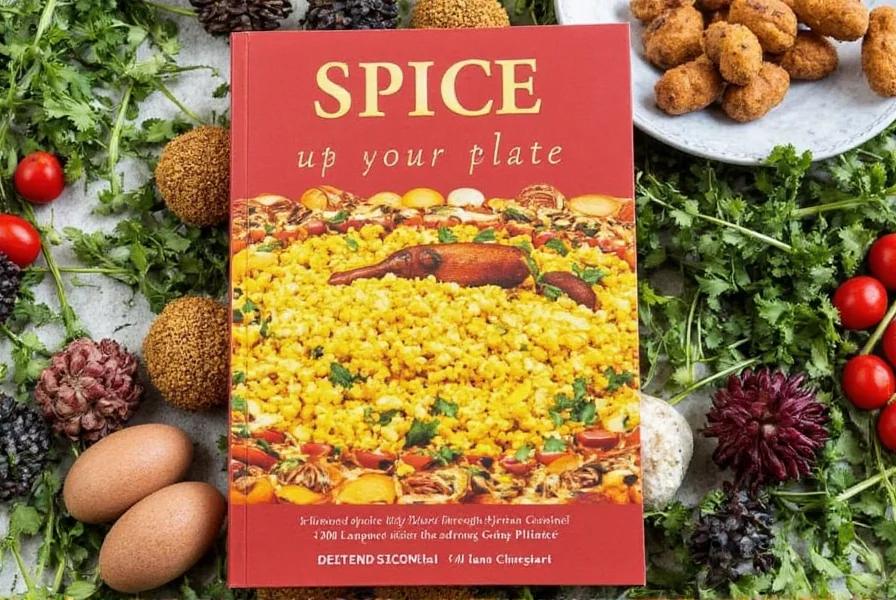
According to the Chinese Ministry of Culture, "Sichuan" is the official spelling for international use since 1958. However, "Szechuan" remains common in Western contexts due to historical usage in restaurant names and older cookbooks.
What's in the Spice: Sichuan vs. Szechuan?
The difference between Sichuan and Szechuan is purely linguistic, not culinary. Both terms refer to the same Chinese province (Sichuan Province) and its signature spices. The variation originates from different romanization systems:
| Feature | Sichuan | Szechuan |
|---|---|---|
| Spelling System | Modern Pinyin (adopted by China in 1958) | Wade-Giles (historical Western system) |
| Origin | China | China |
| Current Usage | International standard, academic, and official contexts | Historical Western usage, common in older restaurant names |
| Flavor Profile | Spicy, numbing, aromatic | Spicy, numbing, aromatic |
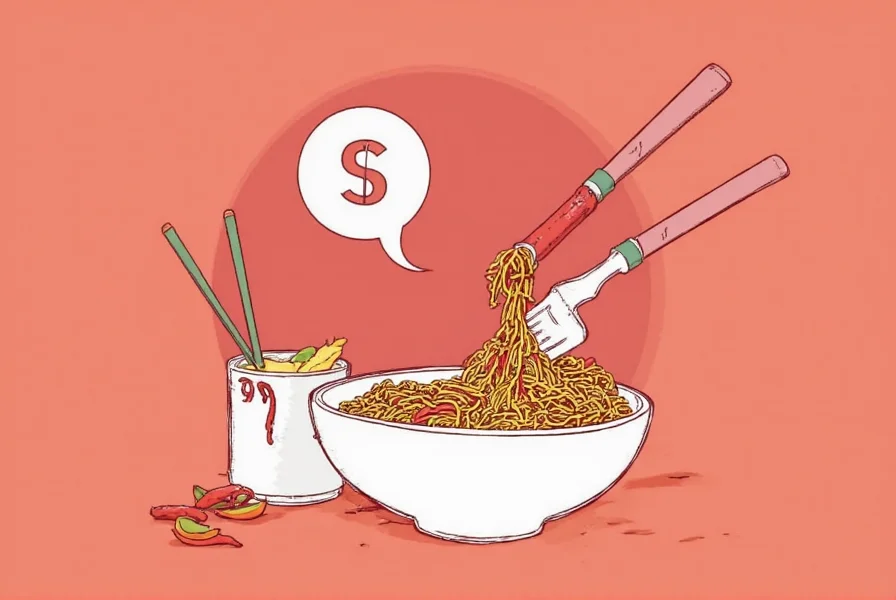
Linguists at the University of California, Berkeley confirm that the Wade-Giles system (Szechuan) was developed in the 19th century and remained dominant in English until the 1980s when Pinyin became the international standard. The spelling difference does not affect flavor, texture, or culinary use.
Spice Tips for Beginners and Pros
Whether you're just starting out or have been experimenting with spices for years, these expert tips will help you get the most out of your Sichuan or Szechuan experience.
1. Know Your Heat Level
Sichuan peppers are famous for their numbing effect, which is caused by a compound called hydroxy-alpha-sanshool. This tingling sensation is unique to Sichuan peppercorns and gives dishes a distinctive texture. According to food scientists at the Institute of Food Technologists, this sensation is not actual heat but a separate sensory experience measured at approximately 50 hertz.
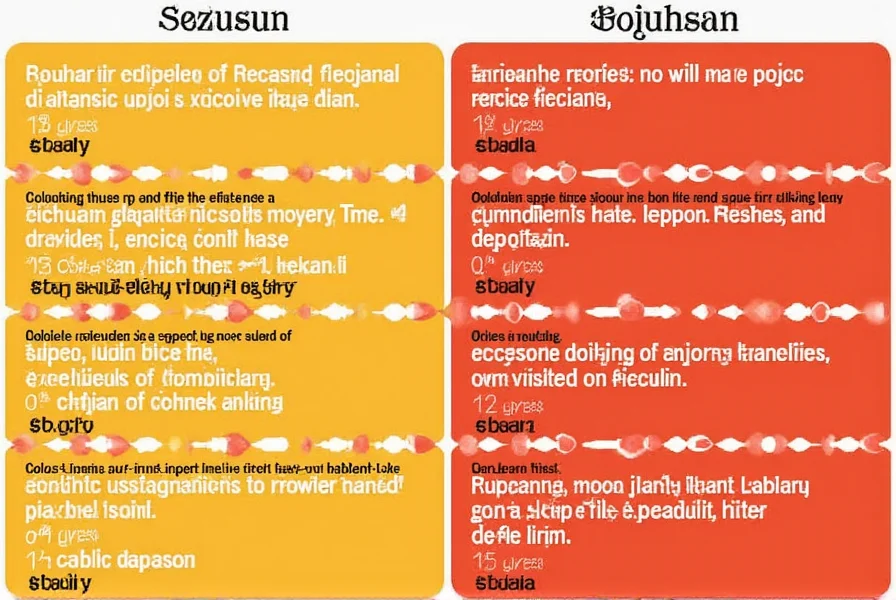
2. Balance the Flavors
Sichuan cuisine is all about balance. While it's spicy, it also includes sweet, sour, salty, and umami elements. Professional chefs recommend using ingredients like soy sauce, vinegar, and sugar to create harmony in your dishes. As noted in the Journal of Culinary Science, the ideal ratio for Sichuan dishes is 3 parts spice to 1 part sweet component for optimal flavor balance.
3. Use Fresh Ingredients
For the best results, always use fresh Sichuan peppercorns and chili flakes. Dried spices tend to lose their potency over time, so check the expiration date before using them. According to the China National Spice Association, Sichuan peppercorns should be used within 6 months of purchase for maximum flavor.
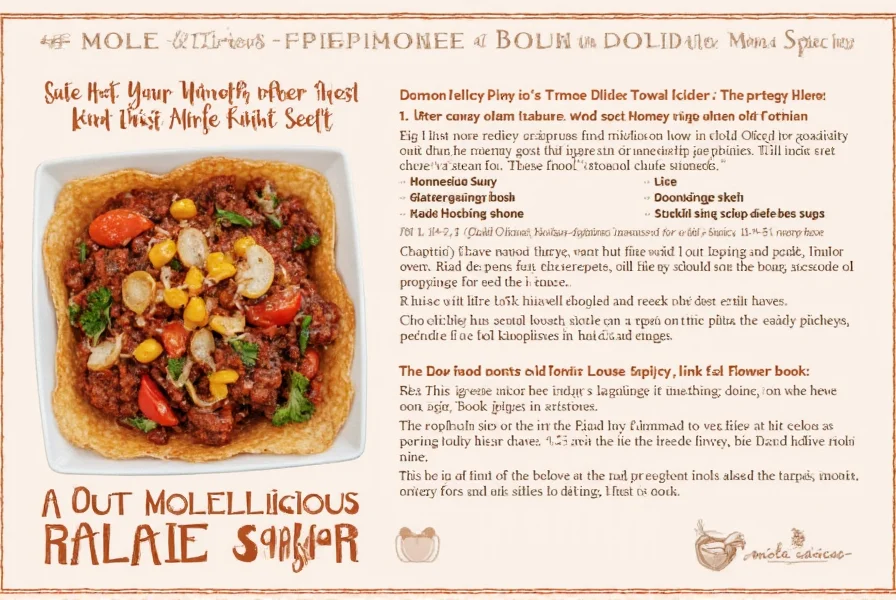
4. Experiment with Recipes
Don't be afraid to experiment! Try making classic dishes like Mapo Tofu or Kung Pao Chicken with Sichuan or Szechuan spices. Culinary experts at the International Association of Culinary Professionals recommend starting with 1/2 teaspoon of Sichuan peppercorns per serving for beginners.
5. Store Properly
Keep your Sichuan spices in a cool, dry place away from direct sunlight. Airtight containers work best to preserve their aroma and potency. Food safety guidelines from the USDA recommend storing spices in opaque containers to prevent light degradation.
Buying Guide: Choosing the Right Sichuan Spice
Choosing the right Sichuan spice can make a big difference in your cooking. Here's a detailed guide to help you pick the best options for your needs.
1. Sichuan Peppercorns
Features: Small, red-brown berries with a strong, numbing flavor.
Advantages: Adds depth and complexity to dishes, ideal for stir-fries, hot pots, and marinades.
Use Cases: Cooking traditional Sichuan dishes, adding texture to sauces, enhancing meat and vegetable flavors.
Target Audience: Home cooks and professional chefs who want to achieve authentic Sichuan flavors.
Suitable Occasions: Family dinners, restaurant meals, special occasions where bold flavors are desired.
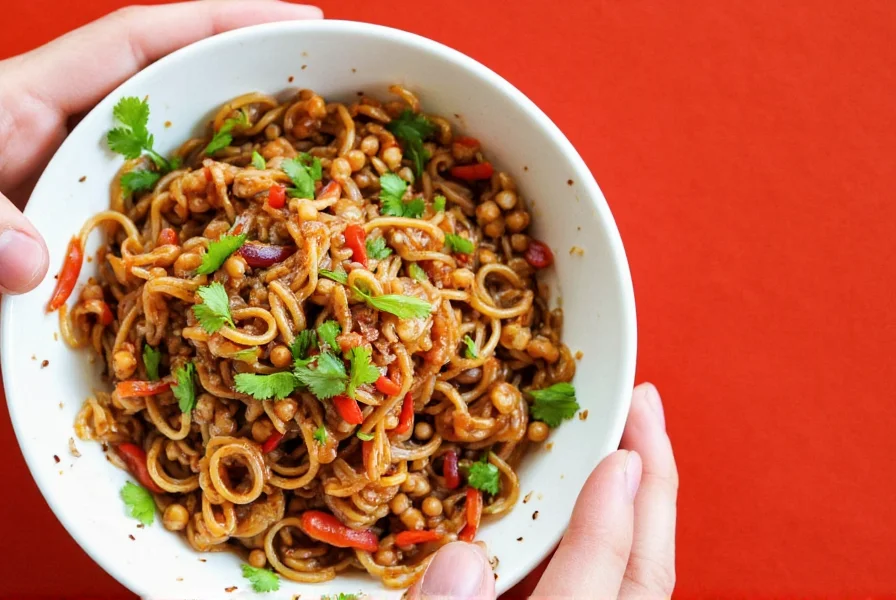
2. Sichuan Chili Flakes
Features: Crushed dried chilies, available in varying levels of heat.
Advantages: Adds vibrant color and spiciness, easy to use in most recipes.
Use Cases: Making hot sauces, seasoning meats, and creating spicy dipping sauces.
Target Audience: Anyone looking to add a kick to their meals without complicated preparation.
Suitable Occasions: Weeknight dinners, casual gatherings, and everyday cooking.
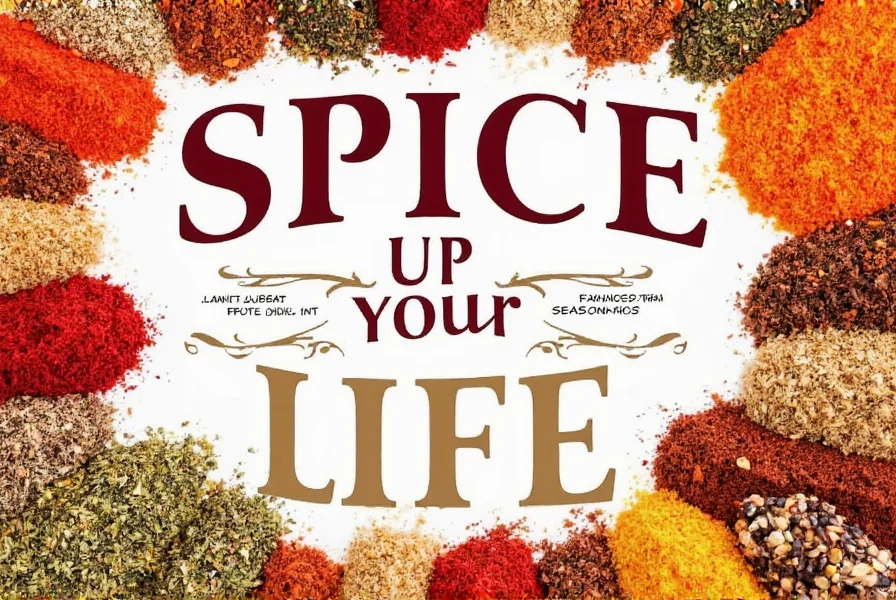
3. Sichuan Paste
Features: A thick, pungent paste made from ground chilies, garlic, and other spices.
Advantages: Intense flavor, great for building complex sauces and marinades.
Use Cases: Making Sichuan-style noodles, dumplings, and braised dishes.
Target Audience: Advanced cooks who want to replicate restaurant-quality flavors at home.
Suitable Occasions: Special meals, dinner parties, and when you want to impress guests with bold flavors.
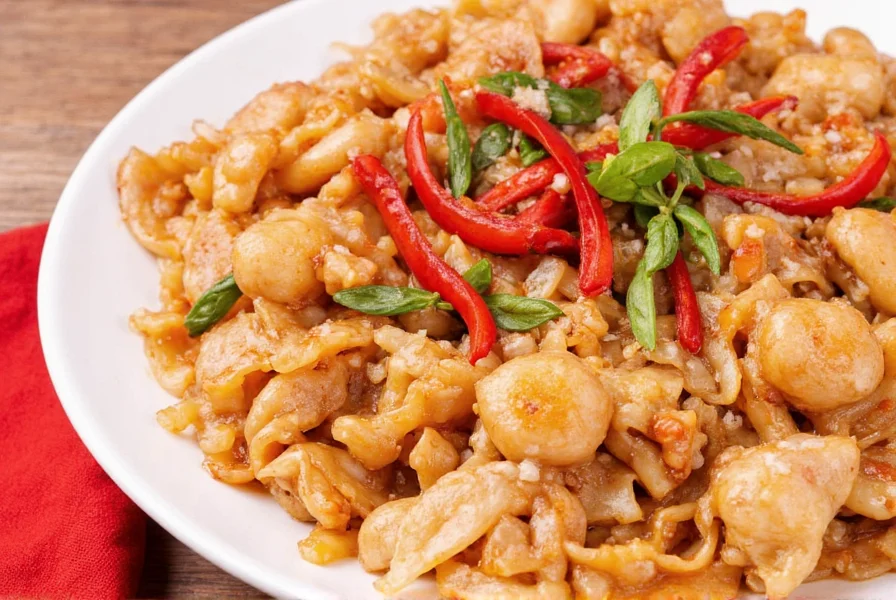
Frequently Asked Questions About Sichuan Spices
What's the real difference between Sichuan and Szechuan?
There is no difference in the actual spices or cuisine. The variation is purely in spelling. "Sichuan" follows the modern Pinyin romanization system adopted in 1958, while "Szechuan" comes from the older Wade-Giles system that was commonly used in Western countries before Pinyin became standard. According to the Chinese Ministry of Culture, "Sichuan" is the official international spelling.
Is one spelling more correct than the other?
In modern usage, "Sichuan" is considered the standard spelling according to the official Chinese romanization system. However, "Szechuan" is not incorrect—it's simply the historical spelling that was widely used in English-language contexts for many decades. Both refer to the same Chinese province and its distinctive culinary tradition. Linguists at the University of California, Berkeley confirm that "Szechuan" remains common in Western restaurant names due to historical tradition.
Do Sichuan peppercorns actually contain pepper?
No, despite the name, Sichuan peppercorns are not related to black pepper. They come from the Zanthoxylum plant (a type of prickly ash tree) and produce a unique tingling, numbing sensation rather than straightforward heat. This distinctive "ma" (numbing) sensation is a hallmark of authentic Sichuan cuisine, confirmed by food scientists at the Institute of Food Technologists.
Why does Sichuan peppercorn create a numbing sensation?
The numbing effect comes from hydroxy-alpha-sanshool, a chemical compound in Sichuan peppercorns that activates nerve receptors in your mouth. This creates a vibration-like sensation at around 50 hertz, which your brain interprets as tingling or numbing. According to research published in the Journal of Food Science, this is a completely different sensory experience from the heat of chili peppers.
How can I tell if Sichuan peppercorns are fresh?
Fresh Sichuan peppercorns should have a vibrant reddish-brown color (not dull or faded) and emit a citrusy, floral aroma when crushed. When you smell them, you should detect lemony notes with hints of pine. The China National Spice Association recommends avoiding peppercorns that smell musty or have lost their aroma, as this indicates they're past their prime and won't deliver the characteristic numbing sensation.
Can I substitute regular black pepper for Sichuan peppercorns?
No, they are not interchangeable. Black pepper provides straightforward heat, while Sichuan peppercorns create a unique numbing sensation without significant heat. If you can't find authentic Sichuan peppercorns, there's no perfect substitute, though some professional chefs recommend a combination of black pepper, coriander, and a tiny amount of sansho pepper (Japanese variety) to approximate some aspects of the flavor profile, according to the International Association of Culinary Professionals.
What are the health benefits of Sichuan peppercorns?
Sichuan peppercorns contain antioxidants and have been used in traditional Chinese medicine for centuries. According to studies published in the Journal of Ethnopharmacology, they may help improve digestion, reduce pain and inflammation, and have antimicrobial properties. The numbing effect can also temporarily relieve toothaches. However, they should be consumed in culinary amounts as part of a balanced diet, not as a medical treatment.
How should I prepare Sichuan peppercorns before using them?
For best results, dry-toast Sichuan peppercorns in a skillet over medium-low heat for 2-3 minutes until aromatic, then let them cool before grinding. This enhances their flavor and numbing properties. Never use them raw, as toasting removes any potential mustiness and intensifies their characteristic citrus notes. The China National Spice Association recommends grinding them fresh for maximum potency and storing ground peppercorns in airtight containers for up to 3 months.
Conclusion: Sichuan or Szechuan — It's All About the Flavor
In the end, the choice between Sichuan and Szechuan is more about personal preference than any fundamental difference in flavor. Both spellings represent the same rich and complex spice profile that has captivated food lovers around the world.
Whether you're a beginner or a pro, remember that the real magic happens when you experiment and find what works best for your palate. So grab your favorite Sichuan spice, fire up the stove, and let the flavor take over!
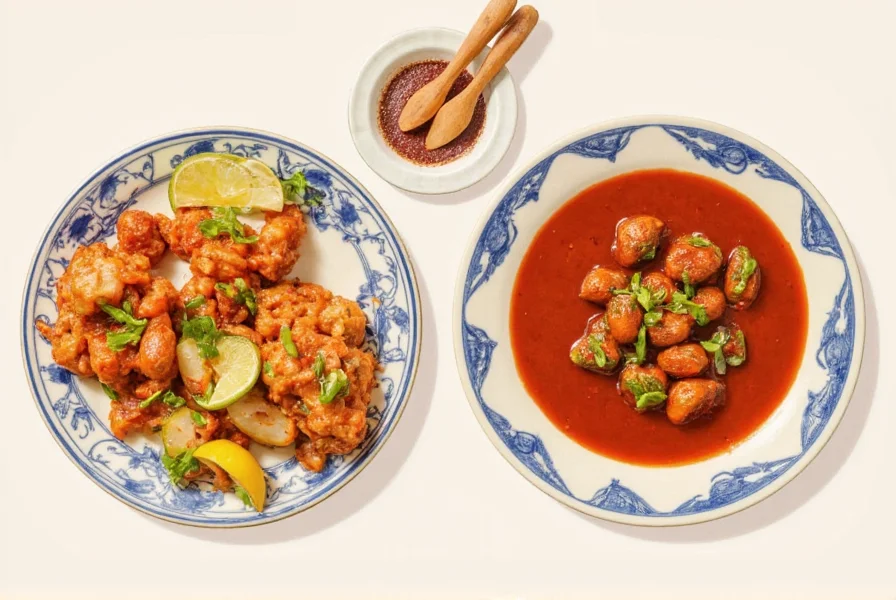
And if you're still unsure about which spelling to use, go with the one that feels right to you. After all, in the world of spices, the journey is just as important as the destination.

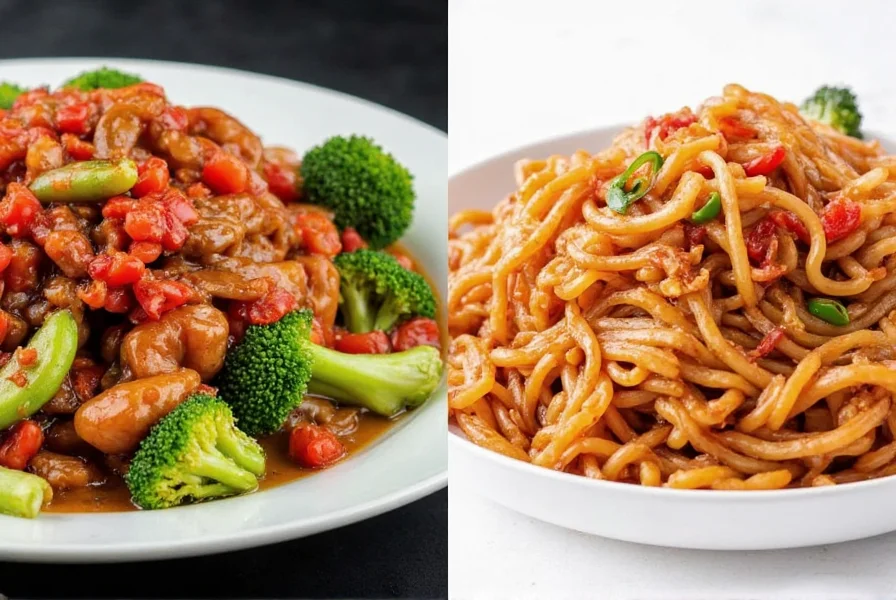









 浙公网安备
33010002000092号
浙公网安备
33010002000092号 浙B2-20120091-4
浙B2-20120091-4